Long before the Vikings, the Swedish, and the Finnish culture had developed, some people already populated the Scandinavian peninsula. These were the Sami people, the only indigenous people of Scandinavia and the northernmost indigenous people of Europe.
We learned a lot about them during our days in Umeå, and below, we will tell all we know about them.
Over 350 million indigenous people are living in all regions of the world. The Sami people are one of them, and they live in the very north of Europe. In a place called Sápmi that stretches across the northern parts of Norway, Sweden, Finland, and the Russian Kola Peninsula.
They are a minority in their countries even though they’re a majority in the counties of Finnmark in Norway and Utsjoki in Finland.
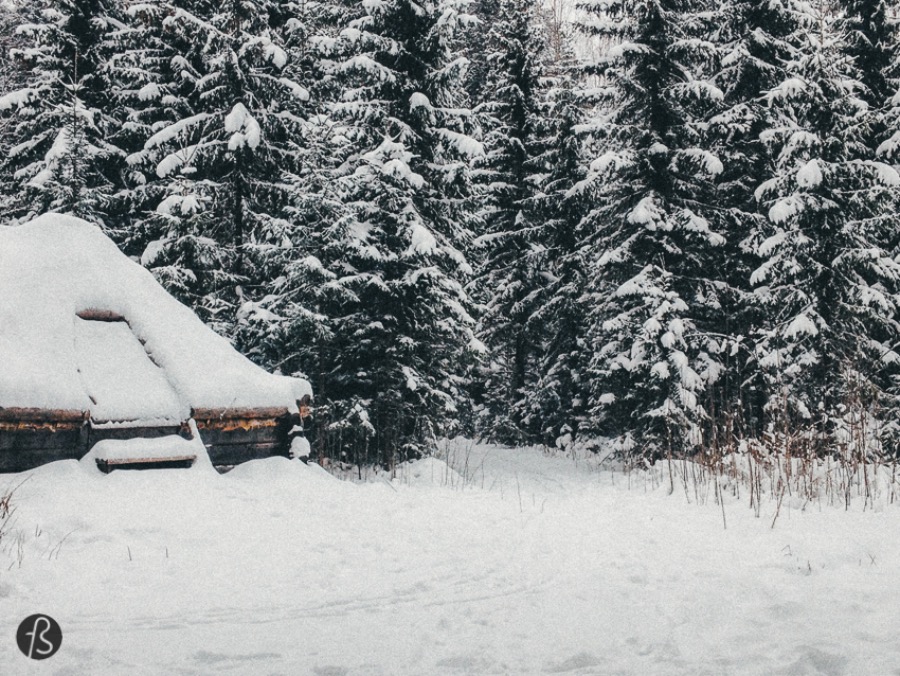
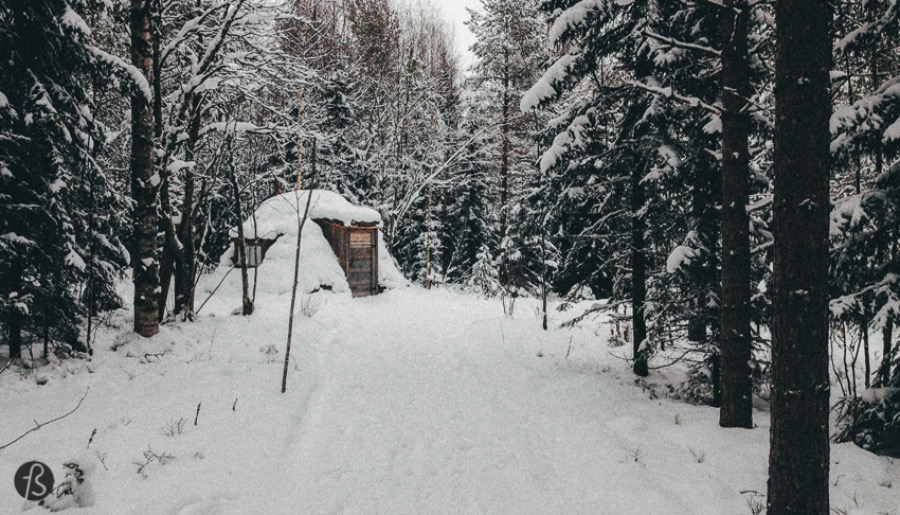
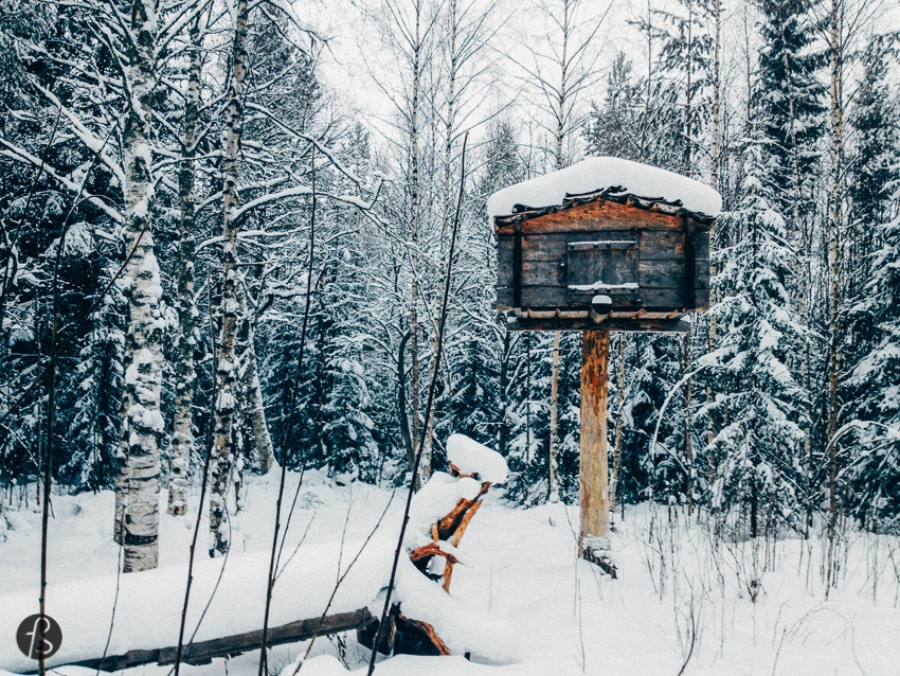
A Little Bit of Sami History in Umeå
The first known historical mention of the Sami was Tacitus, a senator and a historian of the Roman Empire, about 98 A.D. Although his account was mainly based on hearsay, he was the first to describe those they used to call Fenni. This word evolved into Finn, initially used by the Norse speakers to refer to the Sami.
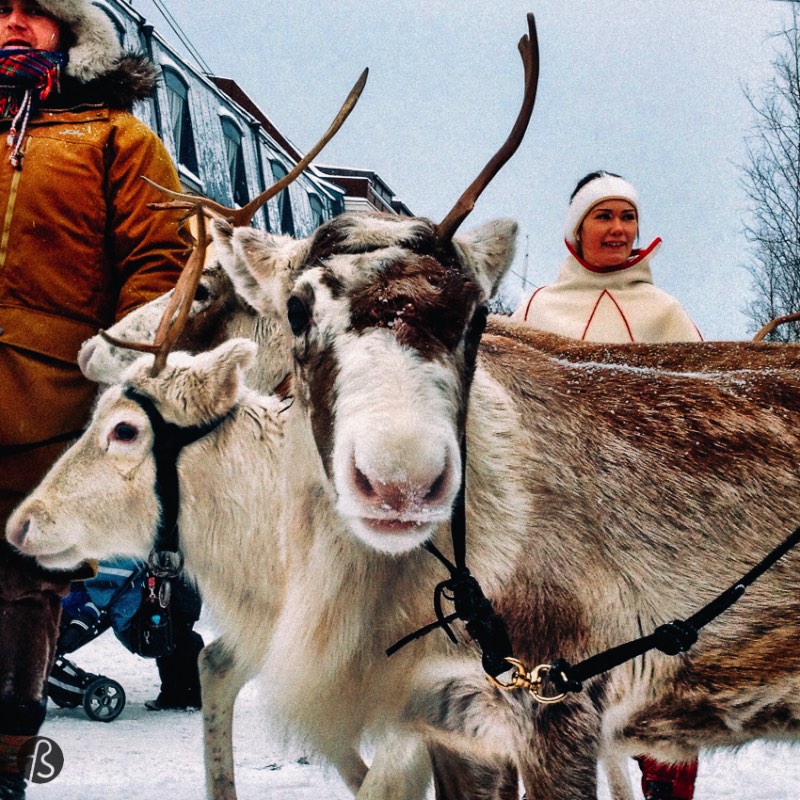
Nobody knows how they started being called like that, but there is something related to the old Norse word used to describe the people who would find their food instead of growing it. This might make sense since the Sami are hunter-gatherers, but nobody knows.
And, yes, in an effortless way, this is how Finland got its name.
But, back to the Sami. Their population is estimated to be around 80,000 people spread over 4 countries. But, since there is no census for them, we can never be sure about it.
They’re also a nomadic people. Or, at least, this is what they used to be before their children were forced into missionary and state-run schools.
Today, most Sami people live in modern houses and only use tents as temporary accommodations during reindeer migration.
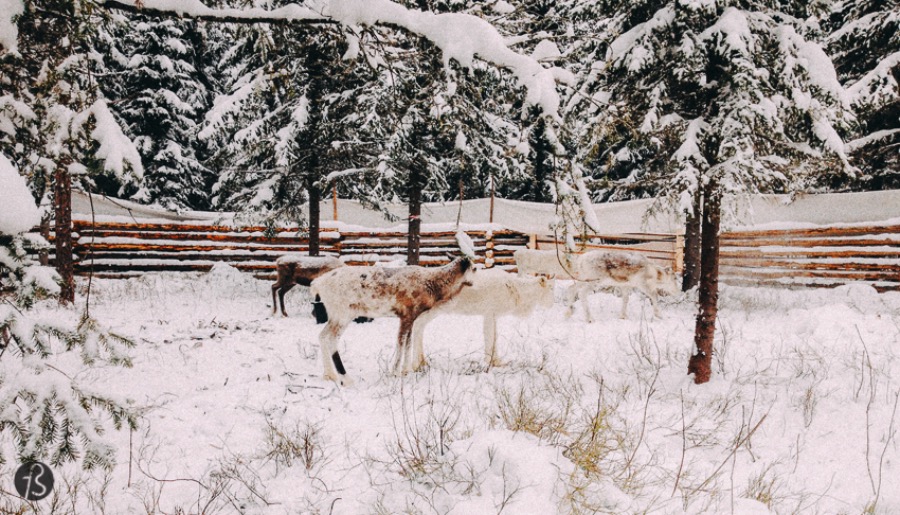
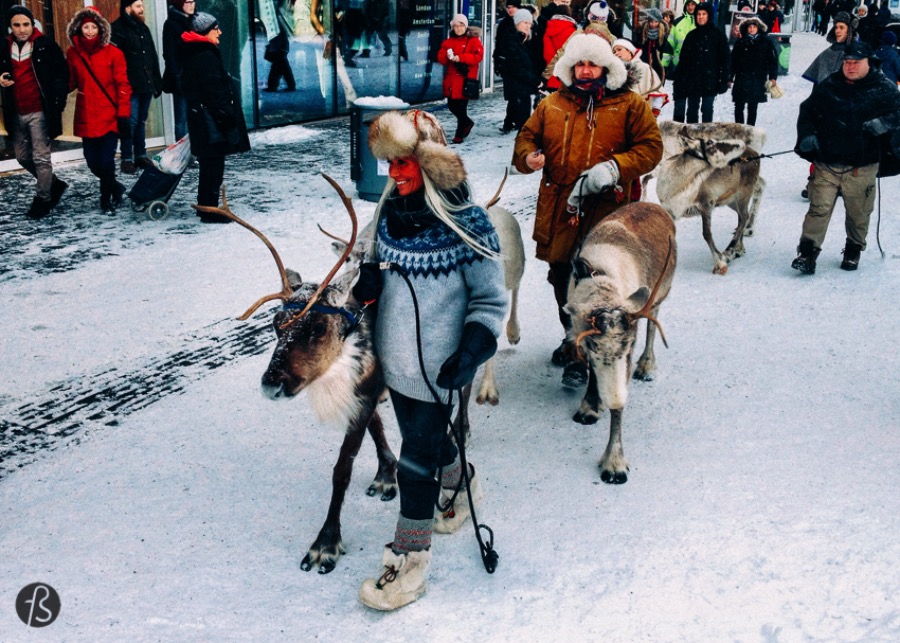
The Sami People and the Reindeer
The reindeer is a central aspect of the Sami’s survival. This is where they get their food, but the reindeer means more than just food. When you kill a reindeer, nothing goes to waste. Sami people will use the meat, the skin, the feet, everything. Since the reindeer are not domesticated, they live in herds, and the herds move. Together with the reindeer, the Sami move as well.
According to Sami mythology, reindeer was used to create their world and their land. From its fur, the grass and trees were made. From its blood veins, the river was awakened. Its skull became the sky. And the stars came from their skies, and now, they watch the Sami during the nights up north. This is their culture, and it is endangered due to their land loss and relocation by force.
But you’re making a mistake if you think the Sami can be regarded as one people. There are several kinds of Sami based on their settlement pattern and how they sustain themselves through time, from mountain Sami that herd reindeer to the ones that live near the sea and use fish as their primary food source.
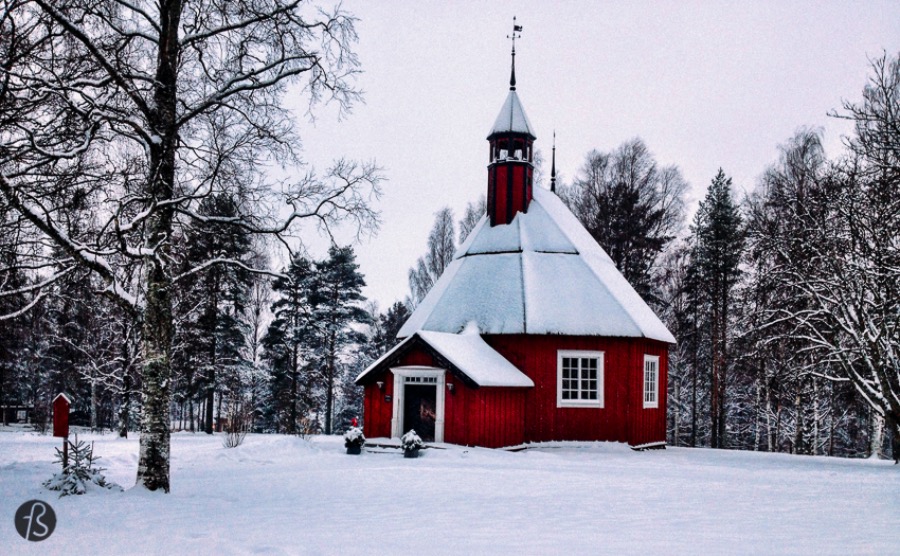

A Bit about Sami Culture
Since the Sami were a nomadic people, their art was different. They consume it in another form. They couldn’t carry big objects on their journey following the reindeer herds. Their handicraft is called Duodji and comes from their belief that an object should serve a purpose first and foremost rather than being primarily decorative. But it doesn’t end there.
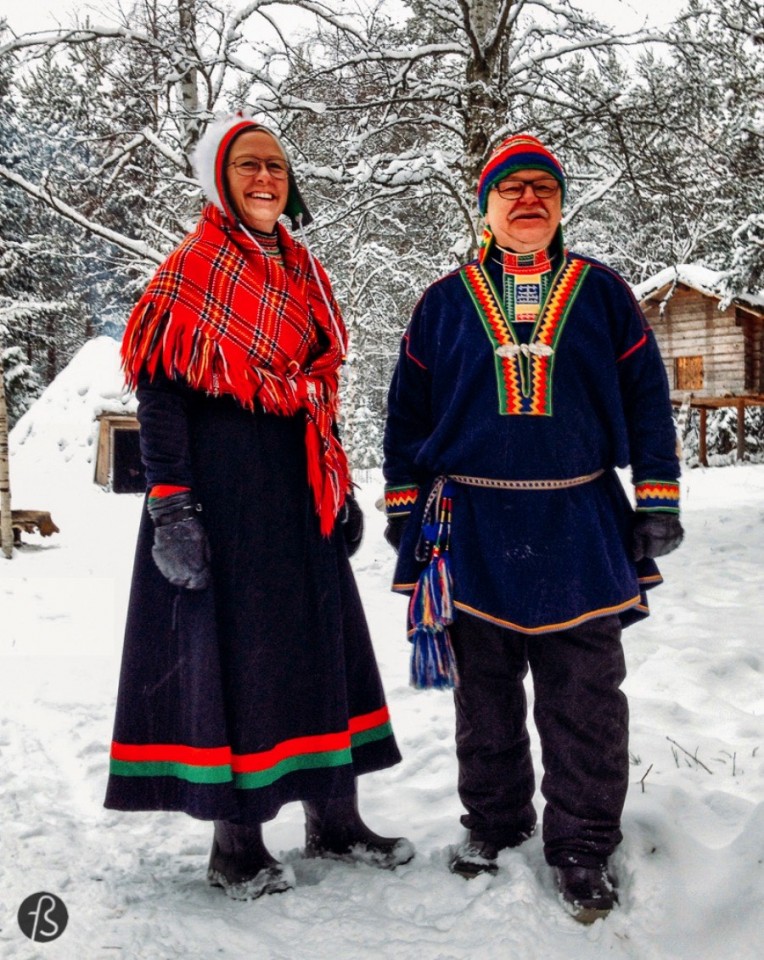
Their creativity didn’t stop because the Sami were practical people. Their creativity was expressed in their traditional costumes and their music. Art is how you carry your body, the essence behind the Gakti, the traditional clothing worn by the Sami people.
You can even determine which region a Sami comes from by their clothes. The colors, patterns, and jewelry indicate where a person is from. It can tell if a person is married or single and even serves as a family badge.
Everything we know about the Sami people comes from an early Sunday morning talk at the Västerbottens Museum in Umeå. There, you can see the differences between all the Sami people spread around Sweden. From their houses to how they dress and speak, everything is preserved there to show the world the Sami are still there.
And they will be for a long time.
Learning about the Sami People at the Västerbotten Museum in Umeå
Helena Elisabeths väg 3, 903 42
Umeå, Sweden
I was invited to go to Umeå to watch the opening ceremony from their year as the European Capital of Culture 2014.